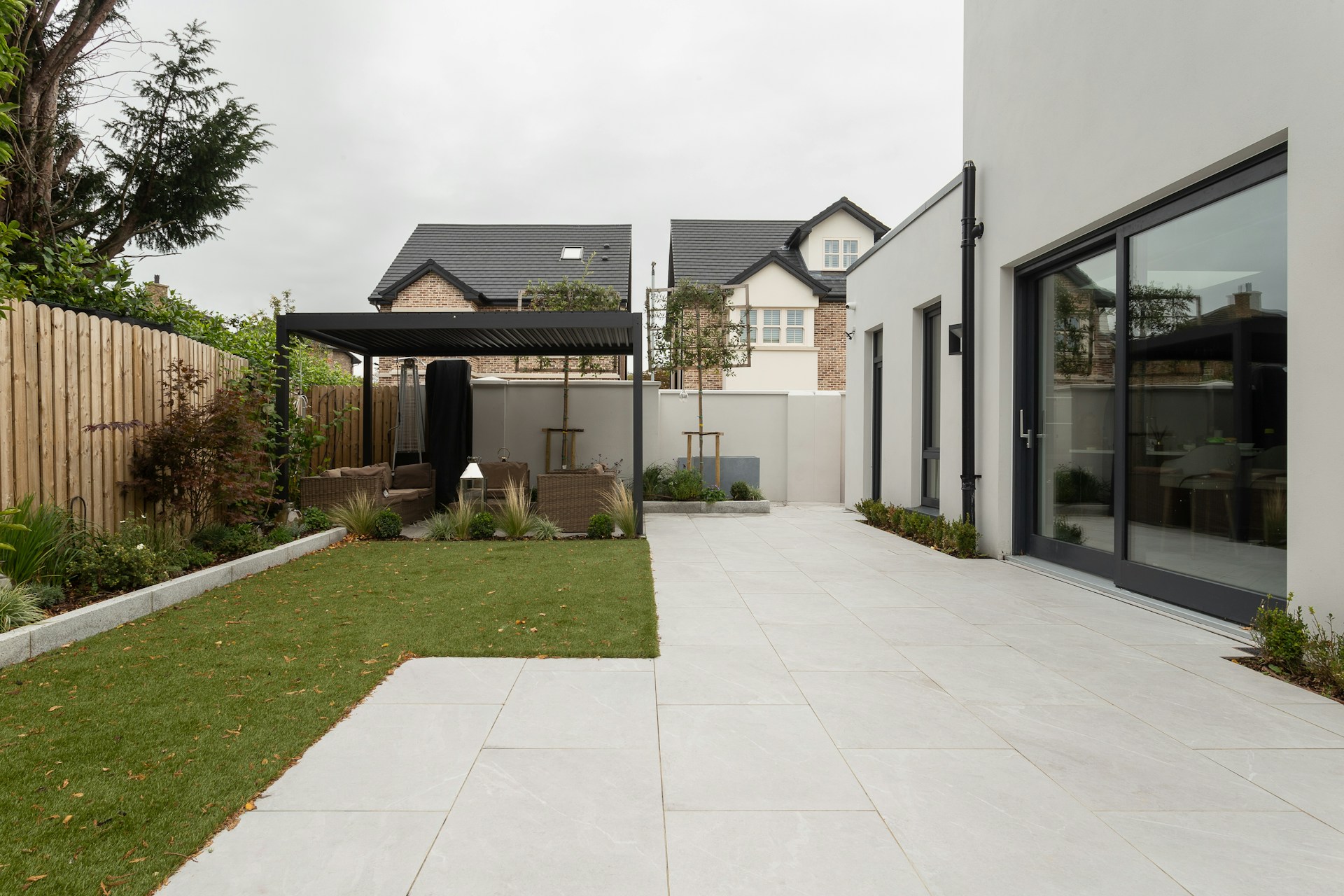"Ingenious Living Spaces: Transforming Home Interiors with Multifunctional Furniture"
In a world where urban living often means smaller living spaces, the need for smart solutions to maximize available space is more important than ever. Multifunctional furniture, a trend that is increasingly shaping the way we think about home interiors, is rising to this challenge. This design movement is not a new concept, but it has taken on renewed significance in contemporary living, where minimalism meets functionality.

Historical Context
The idea of furniture serving multiple purposes is not a new one. In fact, it dates back to ancient times. The Romans, for instance, designed couches that could be used for sitting in the daytime and for sleeping at night. Fast forward to the 18th century, furniture like the cabinet bed, which could transform into a bed, desk, or dressing table, made its debut. The late 19th and early 20th centuries saw the advent of convertible furniture like the Murphy bed, invented by William L. Murphy. These historical developments laid the groundwork for the multifunctional furniture of today.
Modern Trends and Insights
Today, multifunctional furniture is a major trend in interior design. From beds with built-in storage to coffee tables that convert into dining tables, the options are endless. These pieces are not only practical but also stylish, blending seamlessly into modern decor aesthetics. They are particularly popular in cities where living spaces tend to be smaller, and every square foot counts. This trend is also gaining traction in the work-from-home era, with furniture like standing desks that transform into dining tables becoming increasingly popular.
Practicality and Market Trends
Multifunctional furniture brings a host of benefits. It helps to maximize space, reduce clutter, and even save money, as one piece can serve multiple functions. This practicality is driving its popularity in the market. According to a report by Grand View Research, the global space-saving furniture market size was valued at USD 1.7 billion in 2019 and is expected to grow at a compound annual growth rate (CAGR) of 7.9% from 2020 to 2027.
Enhancing Daily Living
In addition to its practical benefits, multifunctional furniture also enhances daily living by creating a more organized, clutter-free environment. For example, a coffee table with storage can help keep the living room tidy, while a bed with built-in shelves can eliminate the need for a separate bookcase. This allows for a more streamlined, harmonious living space.
The Future of Multifunctional Furniture
With urbanization and the shift towards smaller living spaces set to continue, the trend for multifunctional furniture is likely to grow. As designers continue to innovate, we can expect to see even more ingenious solutions that combine style, functionality, and sustainability.
So, whether you’re looking to maximize space, reduce clutter, or simply add a unique touch to your home, multifunctional furniture offers a practical, stylish solution. It’s a testament to the fact that with a little creativity, you can transform your living space into a haven of comfort and style.





